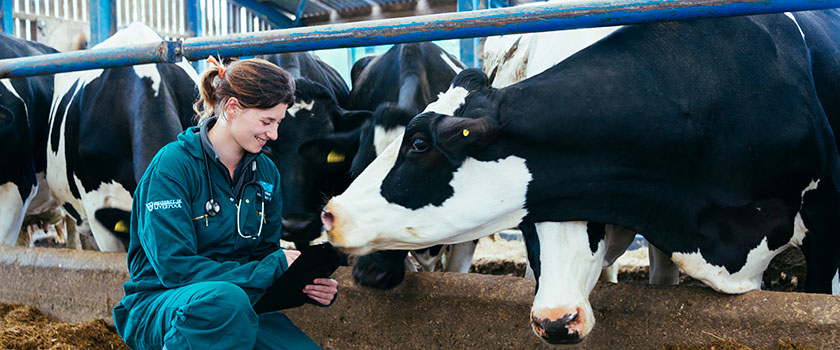-
-
- Council Members
- Role of Council Members
- Council meetings
- Council elections
- Previous election results
- Dr Louise Allum
- Dr Sam Bescoby
- Dr Andrew Clemence
- Dr Tshidi Gardiner
- Dr Reginald Godwin
- Paddy Gordon
- Dr Danielle Greenberg
- Dr Gerard Henry
- Dr Richard Hillman
- Dr Benjamin Kennedy
- Dr Tom Lonsdale
- Dr Darren Partridge
- Martin Peaty
- Alison Price
- Dr Peter Robinson
- Dr Jennifer Simmons
- Dr Sadie Spencer
- Dr Mary Thomas
- William Wilkinson
- Dr Lara Wilson
- Past-Presidents
-
- Advancement of the Professions Committee
- Standards Committee
- Audit and Risk Committee
- Education Committee
- Disciplinary Committee
- Charter Case Committee
- Preliminary Investigation Committee and Disciplinary Committee Liaison Committee
- Registration Committee
- Preliminary Investigation Committee
- Paper classification: some definitions
-
-
-
-
-
- About extra-mural studies (EMS)
- EMS requirements
- Information for vet students
- Information for EMS providers
- Information for vet schools
- Temporary EMS requirements
- Practice by students - regulations
- Health and safety on EMS placements
- EMS contacts and further guidance
- Extra-mural studies fit for the future
-
-
- Code of Professional Conduct for Veterinary Surgeons
- Code of Professional Conduct for Veterinary Nurses
- Contact the Advice Team
- XL Bully dog ban
- 'Under care' - guidance
- Advice on Schedule 3
- Controlled Drugs Guidance – A to Z
- Dealing with Difficult Situations webinar recordings
- FAQs – Common medicines pitfalls
- FAQs – Routine veterinary practice and clinical veterinary research
- FAQs – Advertising of practice names
- GDPR – RCVS information and Q&As
-
- Accrediting veterinary degrees
- Accrediting veterinary nursing qualifications
- Reasonable adjustments for student vets
- Reasonable adjustments for student veterinary nurses
- Health and disability in veterinary nurse education and training
- Reasonable adjustments for students and the UK disability discrimination legislation
- Educational assessment of veterinary nurses
- Roles of key stakeholders in the application of reasonable adjustments
- Examples of reasonable adjustments for vet nurse students
- External review of the RCVS by ENQA
- Requirements for remote and online student assessments
A changing landscape of veterinary education

External pressures
Over the last few years, major events have added further pressure on veterinary education, including the delivery of EMS. The global Covid-19 pandemic had a significant impact on placements, with the vast majority of EMS placements being cancelled when lockdown restrictions were in place. Although we adjusted the EMS requirement to support students during this time, it was clear from the data gathered from new graduates starting the RCVS Veterinary Graduate Development Programme (VetGDP) in 2021, and from their VetGDP Advisers, that experiencing less EMS negatively affected graduates’ confidence and preparedness for practice. When lockdown restrictions eased, EMS placements were slow to return, which has had a ‘knock-on’ impact for some students.
Also, when the UK left the European Union, this (and the pandemic) added further pressure on the UK veterinary workforce as fewer vets applied to register to work in the UK. Workforce shortages, combined with increased pet ownership and rising caseload for vets, has have left some clinical placement providers feeling as though they do not have the time to support a student on EMS.
Perfect storm
In parallel, student numbers in the UK are rapidly increasing. In addition to increasing cohort numbers at existing schools, a number of new schools have recently been established and are enrolling students, including the Harper and Keele Veterinary School and Aberystwyth School of Veterinary Science. There are also plans for further new vet schools at Scotland’s Rural College (SRUC) and the University of Central Lancashire (UCLan), which are planning to take their first cohorts of students in the next few years. All of these new schools are adopting – to a greater or lesser extent – a distributed model of teaching, whereby students receive a proportion of their clinical teaching at partner practices within the community.
"It was clear from the VetGDP data that experiencing less EMS negatively affected graduates' confidence and preparedness for practice."
In addition, from 2023 our new accreditation standards for veterinary programmes will require all schools to deliver the majority of their clinical teaching in a general practice context, which will inevitably result in changes for some of the established schools.
As more practices in the UK become formalised (contractual) partners with vet schools in the delivery of the curriculum, taking students on intra-mural rotation (IMR) placements, there is a risk that this may be at the expense of offering EMS placements. Consequently, there is the potential for a ‘perfect storm’, with demand for EMS placements rapidly increasing over the next five to ten years, at a time when availability may be in decline.